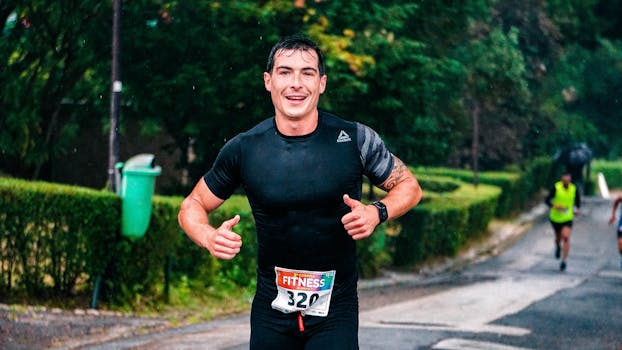
Introduction
Choosing the right running shoes is an essential part of preparing for a marathon. With so many brands and models available, you might wonder: what do real marathoners wear on race day?
The Importance of Shoes in Marathon Running
Running a marathon is a challenging feat. The right shoe can improve comfort, reduce injury risk, and even boost performance. Elite athletes and recreational runners alike pay careful attention to their footwear choices.
Popular Shoe Brands Among Marathoners
- Nike: The Nike Vaporfly and Alphafly series have become ubiquitous among both professionals and amateurs. Their carbon plate technology and responsive foam are credited with performance gains.
- Adidas: The Adidas Adizero series, especially the Adios Pro, is favored for its lightweight feel and advanced energy return features.
- ASICS: Known for their comfort and durability, ASICS models like the Metaspeed Sky are commonly seen at major events.
- Hoka One One: Hoka's Clifton and Carbon X shoes are praised for superior cushioning and support, especially among runners who prefer extra protection for their joints.
- New Balance & Saucony: Both brands offer competitive carbon plate racers—like the New Balance FuelCell RC Elite and Saucony Endorphin Pro—often spotted at the starting lines of big marathons.
What Do the Pros Actually Wear?
At major marathons, you’ll notice that most elite runners are sponsored and race in their brand's latest high-tech models. For example, at recent world majors, over half of the top finishers wore Nike's carbon plate shoes. However, talented runners win in all sorts of shoes, proving that comfort and fit are just as critical as technology.
What About Amateur Runners?
Recreational runners typically base their choice on comfort, durability, and personal running style. Many try on multiple shoes before settling on what works best. While high-tech race shoes are popular, many marathoners stick with their reliable trainers or stability shoes, especially if they prioritize injury prevention over speed.
Tips for Choosing Your Marathon Shoes
- Test shoes in advance during long training runs.
- Look for a combination of comfort, support, and performance tech.
- Consider your personal biomechanics and previous injury history.
- Break in new shoes before race day but avoid running a marathon in overly worn shoes.
Conclusion
In summary, while carbon-plated racers like the Nike Vaporfly are popular among professionals, the best shoe for your marathon is the one that fits perfectly, supports your form, and feels great for 26.2 miles. Ultimately, there’s no single “best” shoe—only the best shoe for you.
Comments
Post a Comment